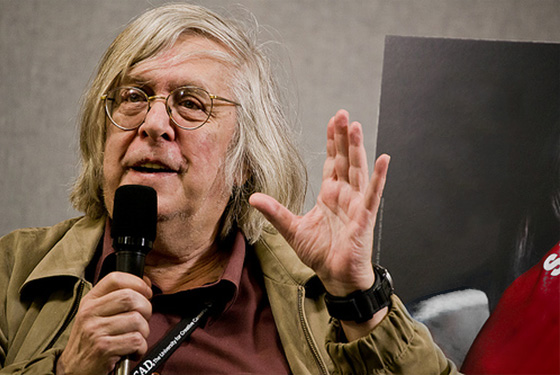FILMMAKERS UNITE (FU): A COLLECTIVE RESPONSE TO THE CURRENT REGIME OF THE U.S.
It’s the last day of the Cine Palium Fest in Palo del Colle, a medieval
village in southern Italy, where I’ve been serving on one of the juries,
and for me the highlight of the week has been the world premiere this
morning of an omnibus feature coproduced by Jay Rosenblatt and
Ellen Bruno consisting of thirteen very diverse but entertaining
pieces of anti-Trump agit-prop by seventeen filmmakers, in the
following order: Sarah Clift (a charming fiction about a Mexican
mother riding on her motorbike to a remote cave to acquire a huge
Trump doll from a mysterious shaman to serve as her little boy’s
birthday piñata), Pacho Velez and Nicole Salazar (the Trump
Inauguration as seen or ignored at the Tijuana border control), Kate
Amend and Pablo Bryant, Shy Hamilton, Ferne Pearlstein, Rosenblatt
(a characteristically Rosenblattian creepy and funny reworking of found
footage), Kris Samuelson and John Haptas, Usama Alshaibi (a scary look
at and listen to what American talk radio sounds like to someone with a
Muslim background who’s driving), Chel White, David Sampliner and
Rachel Shuman, Alan Berliner (a succinct way of summarizing what a
divided country consists of and feels like), Eva Ilana Brzeski (heart-
stopping portraiture of fellow Americans that reminds me of both
Dovzhenko and Costa), and Jeremy Rourke (reminding us of how joy
can be an empowering form of resistance). Read more
